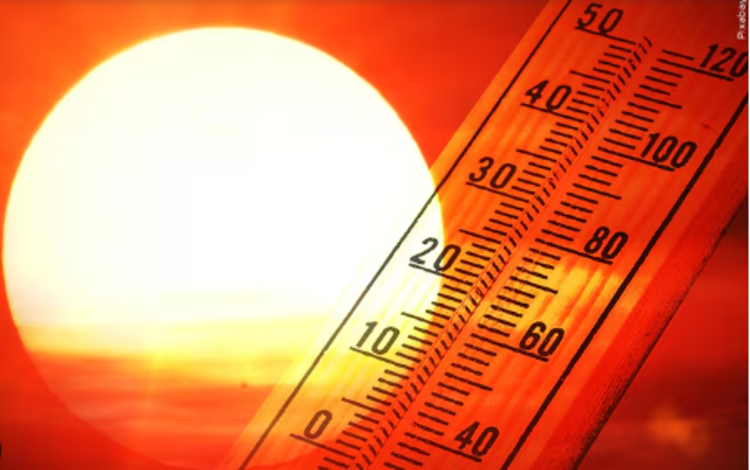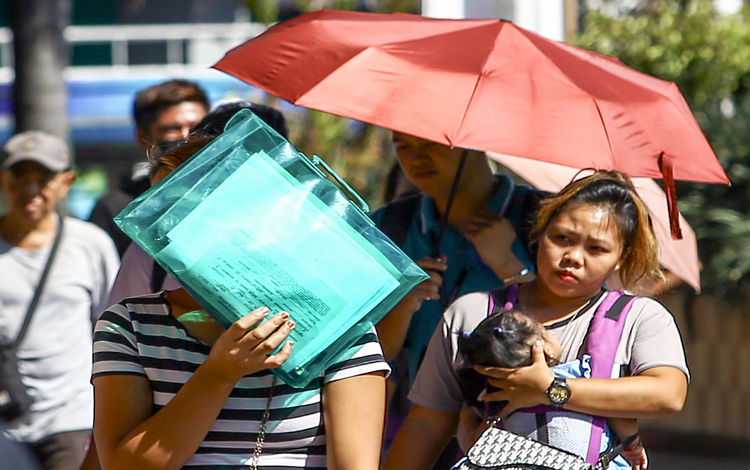The Philippines Atmospheric, Geophysical, and Astronomical Services Administration (PAGASA) has warned that 30 areas across the country may experience dangerous heat indexes on May 4. This advisory comes amidst rising temperatures and increasing humidity, presenting significant health risks to the population.

In its latest forecast released at 5 p.m. on Friday, PAGASA highlighted regions where the heat index is projected to soar between 42°C and 47°C. These areas include several provinces and cities spanning the archipelago:
- 47°C:
- Dagupan City, Pangasinan
- 46°C:
- Aparri, Cagayan
- 45°C:
- Laoag City, Ilocos Norte
- 44°C:
- Bacnotan, La Union
- Iba, Zambales
- Puerto Princesa City, Palawan
- Virac (Synop), Catanduanes
- CBSUA-Pili, Camarines Sur
- 43°C:
- MMSU, Batac, Ilocos Norte
- Tuguegarao City, Cagayan
- Aborlan, Palawan
- Dumangas, Iloilo
- Catarman, Northern Samar
- Butuan City, Agusan Del Norte
- 42°C:
- NAIA, Pasay City
- Sinait, Ilocos Sur
- ISU Echague, Isabela
- Casiguran, Aurora
- Cubi Pt., Subic Bay, Olongapo City
- Ambulong, Tanauan, Batangas
- Infanta, Quezon
- San Jose, Occidental Mindoro
- Cuyo, Palawan
- Masbate City, Masbate
- Roxas City, Capiz
- La Granja, La Carlota, Negros Occidental
- Borongan, Eastern Samar
- Guiuan, Eastern Samar
- Zamboanga City, Zamboanga del Sur
- Cotabato City, Maguindanao
The heat index, a measure of perceived temperature factoring in humidity and air temperature, poses health risks such as heat cramps, heat exhaustion, and potentially heat stroke in areas where it reaches danger levels (42°C to 51°C), according to PAGASA.

The Department of Health advises the public to take precautionary measures to mitigate the risk of heat-related illnesses. These include limiting outdoor activities, staying hydrated by drinking plenty of water and avoiding beverages like tea, coffee, soda, and alcohol which can contribute to dehydration. Additionally, individuals are encouraged to use protective gear such as umbrellas, hats, and sleeved clothing when outdoors, and to schedule strenuous activities during cooler times of the day.
By following these guidelines, individuals can help minimize the impact of hot weather on their health and well-being.
